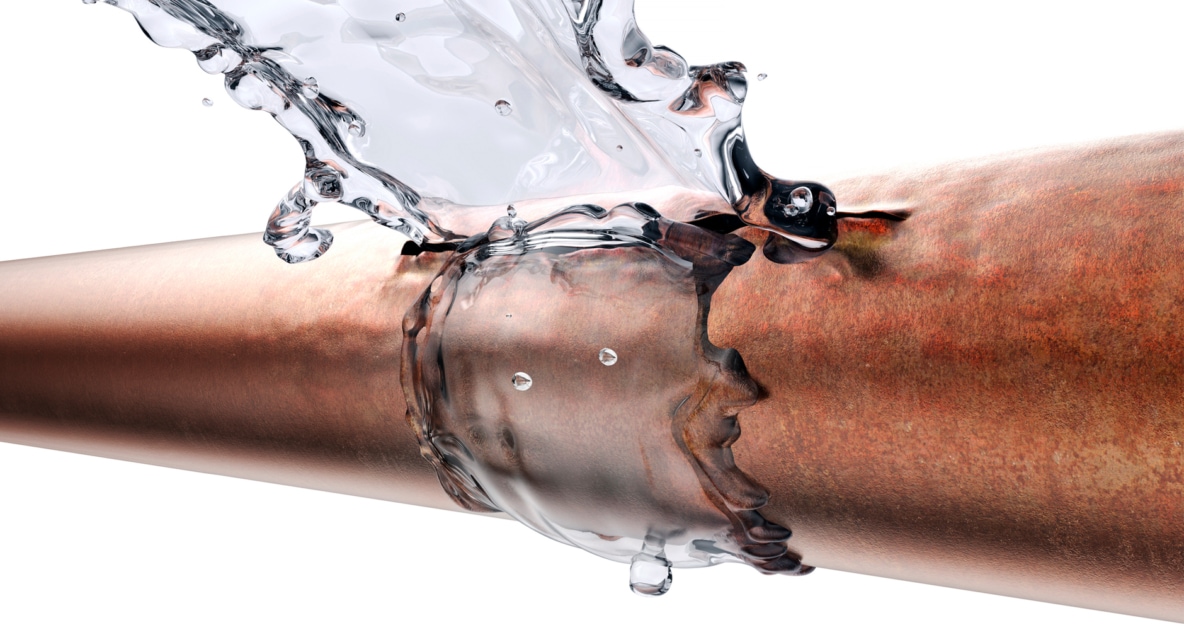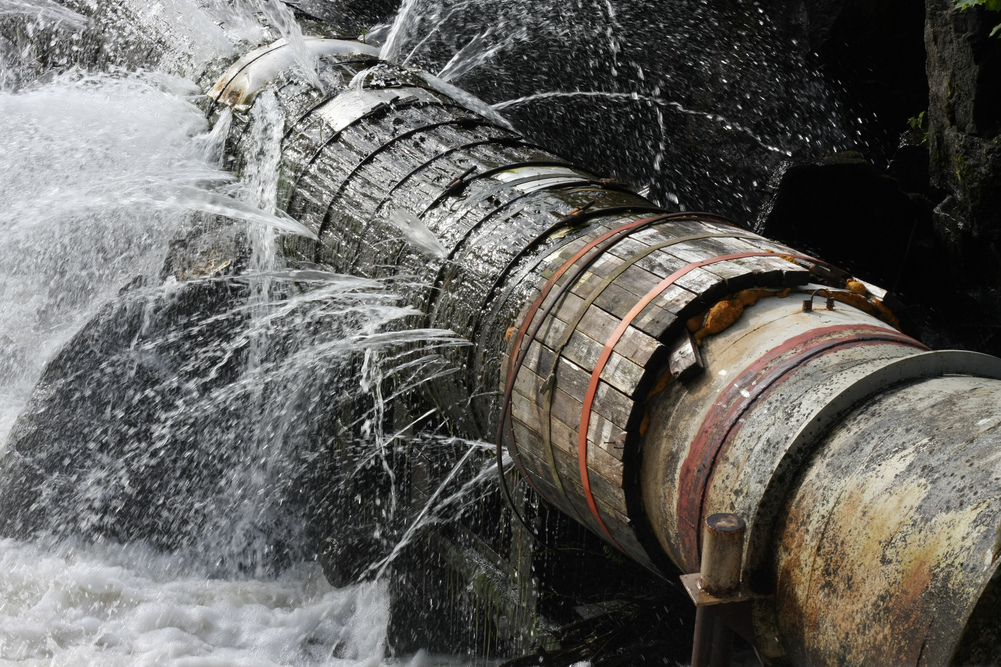They are making several great observations related to Rules For Handling Water Damage overall in this article following next.

What should you do if a pipes bursts in your house? Do you want a mini-waterfall as well as flooding in a location of your home? You must act fast if you discover on your own in this situation. The longer you wait, the a lot more serious the damage that can take place to your building. The presence of mind is key in these occasions. For these reasons, you need to discover exactly how to act in case of a ruptured pipes. Have a look at the adhering to suggestions below to assist you act quickly because time is of the essence.
Shut down the Key Waterline Valve
The first thing to do? Close the shut-off valve. Seek the regional shut-off valve to turn off the water in one particular area just. If you do not understand where the local shut-off shutoff is, go with the main water line valve and transform it off. This action will remove the water right away in your whole residence. Usually, the primary valve is discovered outside the home next to the water meter. If it's not there, you can additionally find it in 2 places: in the cellar at eye degree or the 1st flooring on the ground. Generally, building contractors put the shut-off valve generally ground degree restroom or ideal next to it.
Call Water Damage Reconstruction Pros for Help
After shutting the water source, call the experts for aid. With their specialist aid, you can avoid much bigger water damage consisting of distorted baseboards, loose tiles, or damaged structures.
Paper the Damages For Insurance policy
While you're waiting for the pros to arrive, obtain some paperwork of the damages triggered by the wayward pipe. Do close-up shots of the damaged belongings and also spots.
Salvage Things That Can Be Conserved
Check out the damaged things as well as take out the most important ones from the pile as soon as you're done taking photos. Dry them off in a dry/warm place away from the broken area and attempt to preserve them as long as you can. Drag as much moisture as you can to the material so it can begin to dry.
Begin the Drying Process
You need to begin the drying out procedure as soon as possible. Luckily, the water from your waterlines is currently clean so you do not have to worry about sewer water. Nevertheless, the streaming water may have interrupted the dust and particles in your floorboards and carpets. In this case, placed some gloves on and also start some troubleshooting. Use containers to discard out the water. Remove as much water as you can from the surface areas with old towels. Switch on an electrical follower or open your home windows to promote air flow. These steps will accelerate to dry and also prevent mold as well as mold growth.
Experts are the only individuals certified to assess appropriately as well as deal with the burs pipes as well as succeeding damages. As constantly, pipes do not simply suddenly break out of the blue. They normally offer quiet red flags like gurgling paint, water spots. Strange sounds in the plumbing, caving ceiling, stuffy odor, or peeling wallpaper. Keep in mind of these signs and do some safety nets so you can nip any concerns in the bud.
What should you do if a water pipe bursts in your home? For these factors, you require to find out how to act in the event of a burst water pipe. After shutting the water resource, call the professionals for assistance. With their specialist assistance, you can prevent much larger water damage including distorted baseboards, loosened floor tiles, or damaged structures. Fortunately, the water from your waterlines is already clean so you don't have to worry about sewer water.
How to Handle a Burst Pipe and Minimize Damage
Steps to Take Ahead of Time
If you own property in an area that experiences cold weather, you need to be aware of seasonal maintenance tasks that will help you protect your property as the weather changes each year. One of the most important steps is to winterize your pipes to ensure they won't freeze or burst when the temperature drops. This includes action items like insulating any exposed pipes, detaching garden hoses and covering outdoor faucets. If the weather gets cold enough, you may even consider leaving a faucet dripping or opening cabinet doors during the coldest parts of the day.
No matter how prepared you might be, accidents and emergencies still happen. You'd be wise to set up a savings account specifically for your property so you have a "rainy day" fund set aside for unexpected expenses. All homes regardless of age, location or condition will inevitably need some form of emergency repair.
Steps to Take for Frozen Pipes
A frozen pipe will not necessarily burst, so if you can catch a frozen pipe early on, you could save yourself a major headache. When your area experiences frigid temperatures, be sure to check your plumbing and keep an eye out for warning signs like faucets only releasing small amounts of water or toilets not refilling when flushed. If you do run into one of these issues, you're likely dealing with a frozen pipe.
If this happens, your first step should be to cut off the water supply to that section of the plumbing. Expanding and freezing water can quickly cause damage. Even if the water supply is shut off, you will likely still deal with some leaking from the water that defrosts after the pipe has thawed. Be prepared with a mop, bucket and/or towels to quickly soak up any excess water.
In order to thaw a frozen pipe, you can use a space heater, infrared or incandescent heat lamp, or even a hairdryer to warm up the frozen area. Heat tape is also an option and should be used according to manufacturer instructions. Do not use any sort of open flame to thaw frozen pipes, as it poses a major fire hazard and can damage your pipes further.
Steps to Take for a Burst Pipe
Water damage claims are the second most common insurance claim in the U.S. When you're dealing with a frozen pipe, the water continues to expand as it freezes, which creates pressure that can cause a pipe to burst. When this happens, the crack or leak in the pipe allows water flow from the pipe to enter your home where it shouldn't. If a pipe does burst, you need to act quickly to mitigate property damage and repair cost.
Your very first step should be to shut off your main water supply to minimize flooding typically the most expensive damage to address. Once you've shut off the water supply, make sure you identify the entire area that has been impacted by the leak. Remove as much water as possible as quickly as possible using a mop, sponges, towels or a shop vacuum or wet/dry vacuum. To prevent long-term damage due to moisture build-up, run a dehumidifier or fan in the affected area. Contact a licensed plumber to ensure the pipe is correctly repaired before running any water to that section of the home again. Burst pipes and the associated water damage are something you absolutely want to avoid as a property owner. If you've had to learn your lesson the hard way, don't let yourself get caught in a similar situation during the next spell of cold weather. The best way to deal with frozen or burst pipes is to prevent them in the first place proactive winter maintenance will save you time, money and a whole lot of stress.

I ran across that entry about Water Damage: Tips On What To Do When Your House Is Flooded while doing a search on the internet. Do you know someone else who is intrigued by Do s And Don ts In Case Of Water Damage? Why not share it. Thank-you for going through it.
Call for expertise!